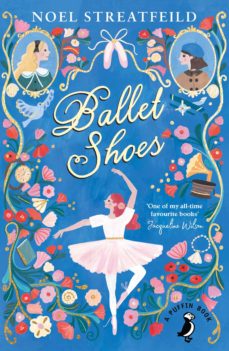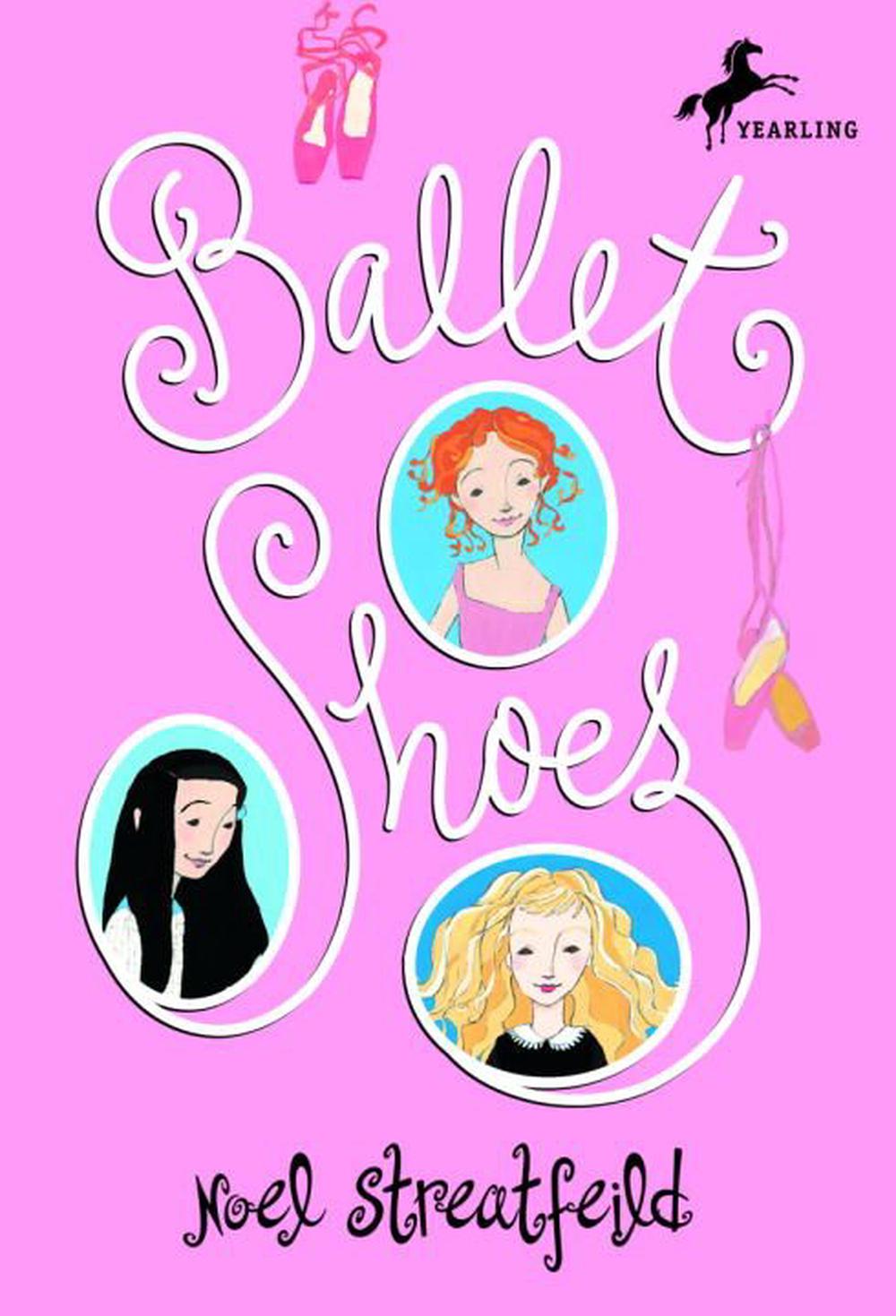

This is certainly true in Ballet Shoes Pauline, Petrova and Posy choose their own surname, Fossil, and make a vow every year: ‘We three Fossils vow to try and put our names in history books because it’s our very own and nobody can say it’s because of our grandfathers.’ As I child I thoroughly approved I was fed up with being told that my writing must have come from one of my great-aunts and that I would soon grow out of it. As the late Angela Carter observed in Nights at the Circus, people can create their own families, they don’t have to be blood-relations. Interestingly, no-one at 999 Cromwell Road is, in fact, related to anyone else. When the Cromwell Road money runs out, Pauline and Petrova’s earnings are desperately needed to help the family finances. In addition, Ballet Shoes is a school story – the girls attend The Children’s Academy of Dancing and Stage Training, which is also a Theatrical agency arranging professional theatre employment for its pupils. And then he disappears, leaving Sylvia with enough money to support them all for five years. A year or so later, he turns up with another orphan, Petrova, soon to be followed by Posy. He rescues Pauline from a sinking ship in December 1920, brings her back to his large London terrace house in Cromwell Road, Kensington which his long-suffering great-niece, Sylvia, runs during his absences. My much worn front cover of Ballet Shoes by Noel Streatfeildīallet Shoes, which opens in 1920, is the story of three foundlings, Pauline, Petrova and Posy, adopted as babies by the eccentric fossil-hunter, Professor Matthew Brown, known as Great-Uncle Matthew (Gum for short). They were allowed to have their own adventures, as opposed to being also rans in boys’ adventure stories.

Both had to struggle with abandonment and loneliness and, in Sara’s case, poverty.

Writers like Frances Hodgson Burnett (1849-1924) wrote books with female heroines who were firmly centre stage – like orphans Sara Crewe in A Little Princess (1902) and Mary Lennox in The Secret Garden (1911). The late nineteenth and early twentieth centuries have been called the Golden Age for children’s books, especially, perhaps, books aimed at girls. Noel Streatfeild (1895-1986) Courtesy of Wikipedia My own, very worn, copy has the original illustrations by Ruth Gervis (1894-1988) which I’ve always thought were just right. Noel Streatfeild’s Ballet Shoes(1936) was one of my favourite books as a child and I suspect that many other girls have also loved it because, eighty-two years later, it is still in print.


 0 kommentar(er)
0 kommentar(er)
